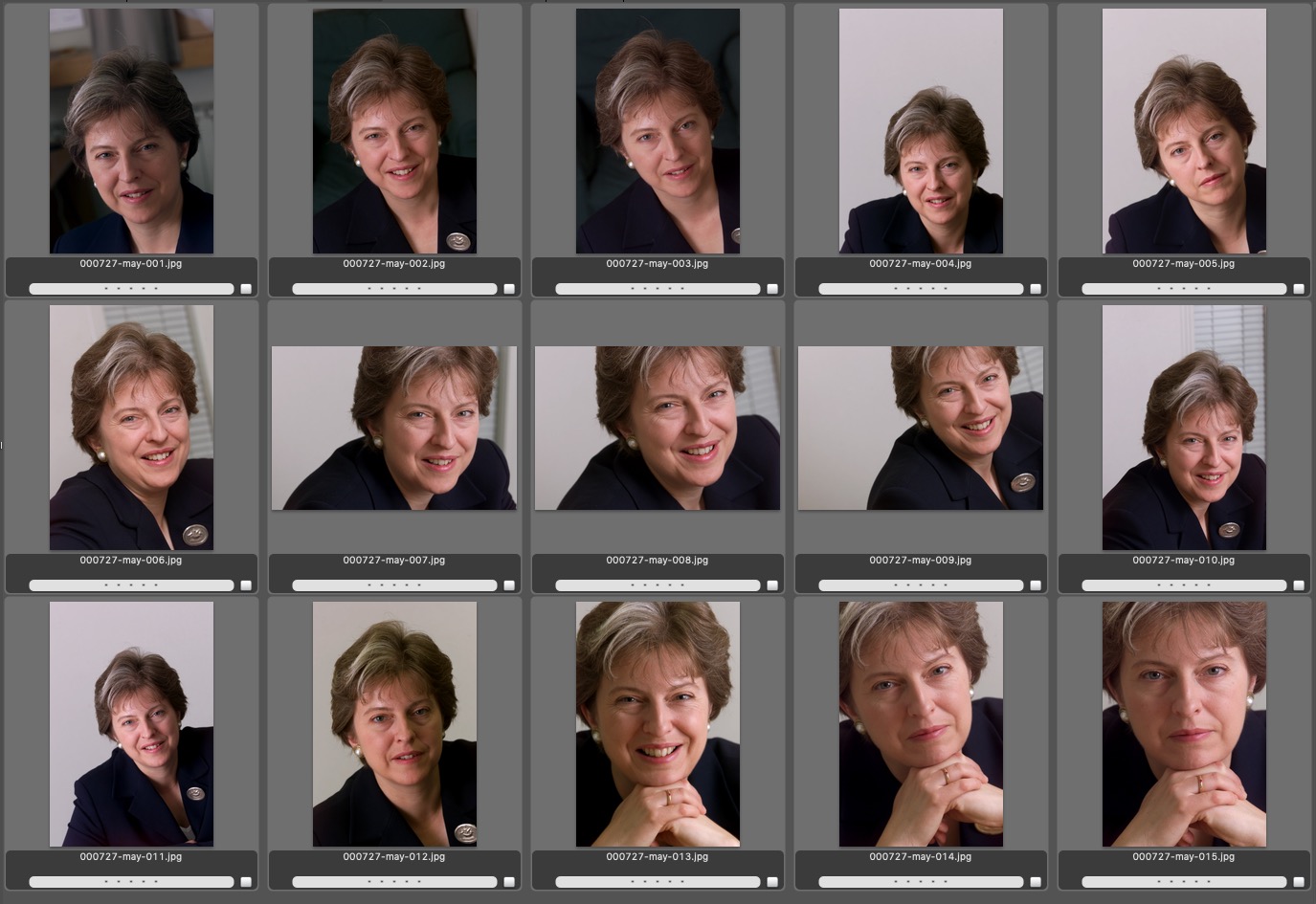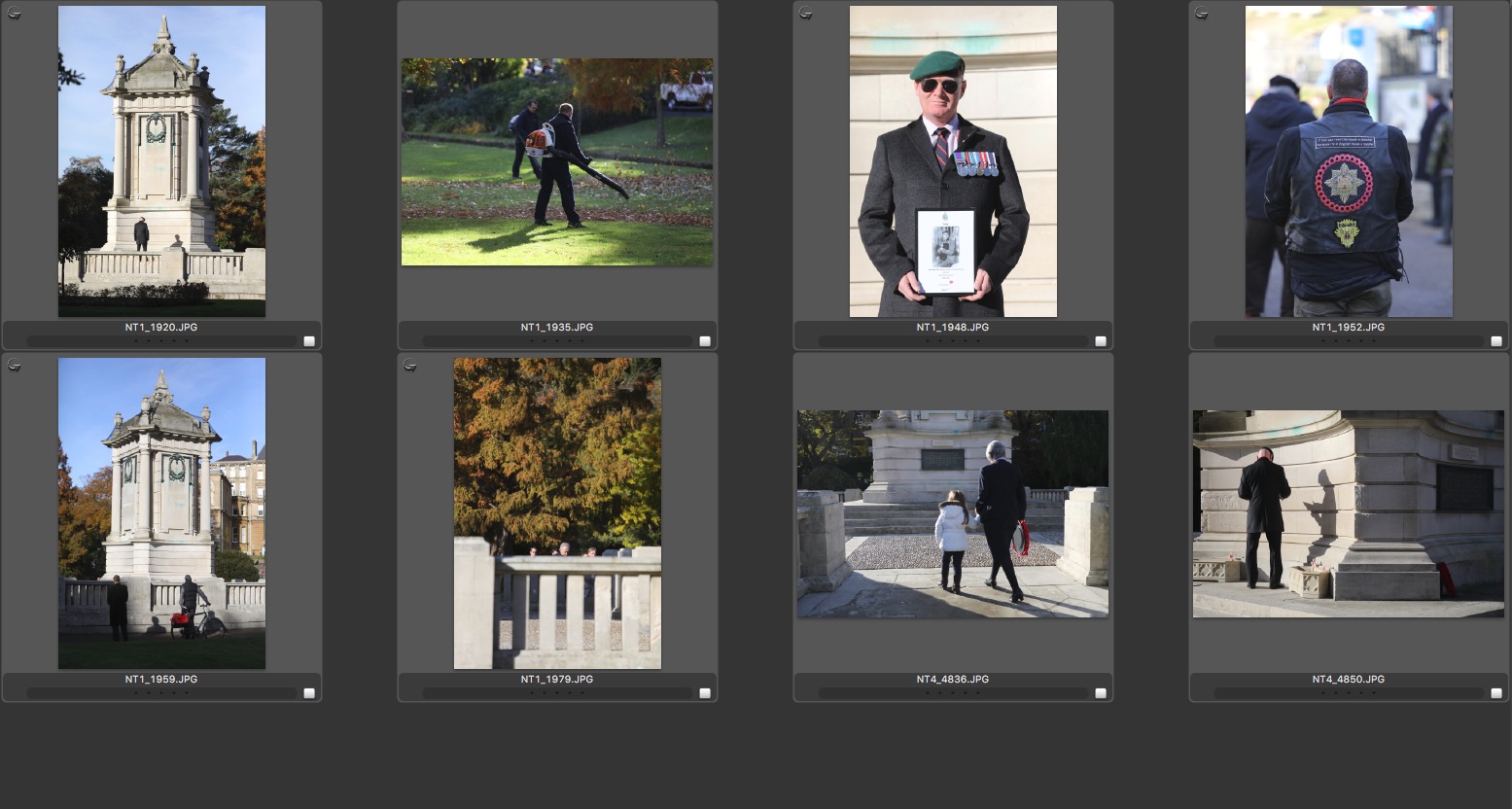
The fifteen frame edit supplied to the newspaper from a seven minute portrait shoot with Theresa May who was the Conservative front-bench spokesperson on education in July 2000. © Neil Turner/TSL
When I published my piece last month about the arrival of the Kodak DCS520 cameras I included an interesting portrait of Theresa May MP taken just over eighteen years ago. Several people – including some picture editors – got in touch and asked to see the whole shoot. It was the second time that month that I had photographed Mrs May which, given that I was working for a group of education titles, wasn’t that unusual back then. As always the interview overran and the time for pictures was severely curtailed. The inside of a Member of Parliament’s private office is rarely interesting and so I went tight with what little time I had. (more…)





